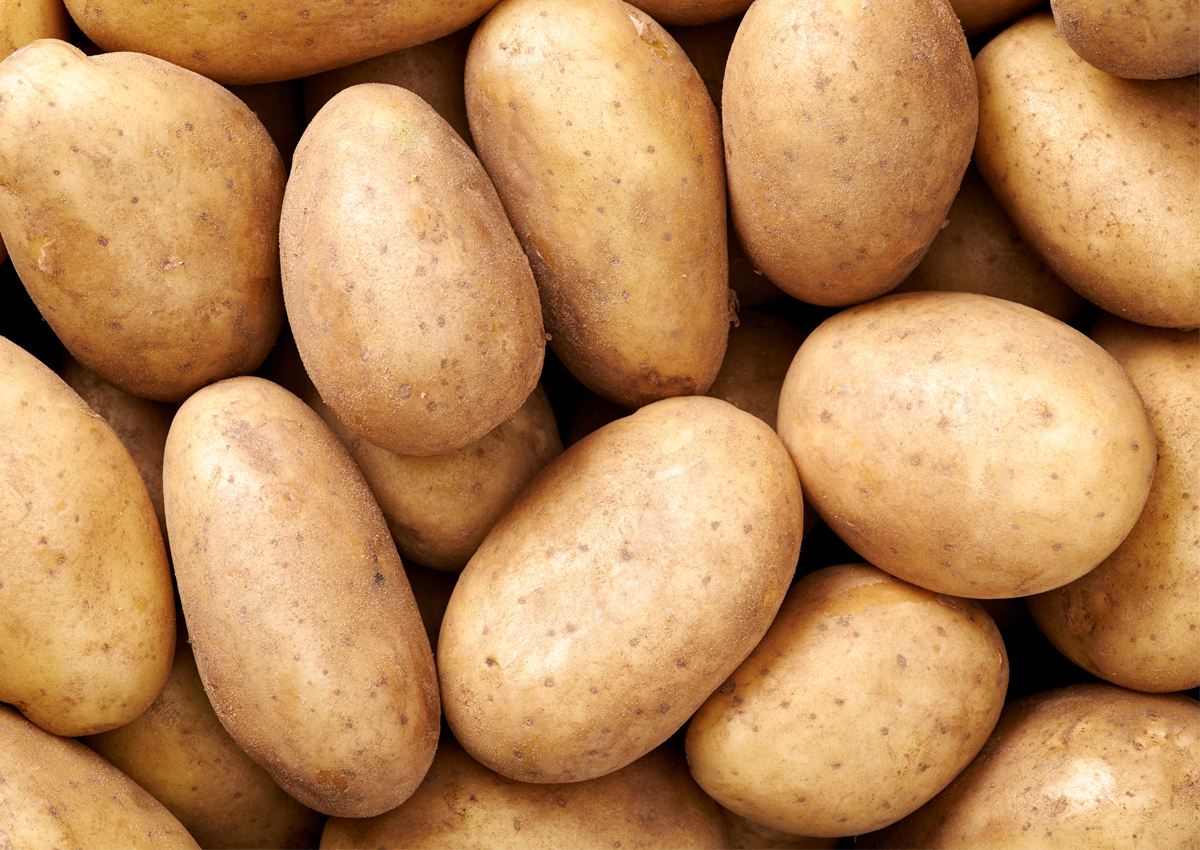
Research Unlocks Secrets of Nitrogen Use in Potatoes
November 13, 2024| |
A recent study led by Salomé Prat, a CSIC researcher at the Centre for Research in Agricultural Genomics (CRAG) in Barcelona, Spain, unveiled groundbreaking findings in a paper published in New Phytologist on the role of the StCDF1 gene in nitrogen use efficiency in potatoes.
The study, conducted in collaboration with the group of Christian Bachem from the University of Wageningen (WUR), expands the role of StCDF1 gene beyond its previously known function as a central regulator of day length tuberization. Tuber formation is triggered by shorter day lengths and cooler temperatures perceived by the plant at the approach of winter. Tuber formation in wild potatoes is dependent on short days, but modern cultivars have mutations that allow them to escape this strict control.
The adaptation took place after potatoes were introduced to Europe, resulting in early-maturing varieties that carry one or more copies of these alleles. These mutations enhance the stability of the StCDF1 factor, a key player in the day length pathway that modulates the expression of SP6A, a member of the FLOWERING LOCUS T family, and a main tuberization signal. The findings also revealed that StCDF1 not only regulates the tuberization pathway, it also directly controls the expression of several genes involved in nitrogen assimilation and transport. Researchers observed that StCDF1 binds the promoter region of Nitrate Reductase (StNR), an enzyme that catalyzes the rate-limiting step in nitrate reduction within the cell.
Salomé Prat emphasized the significance of these findings, stating, “The novelty of our research lies in uncovering StCDF1's dual role in regulating both tuberization and the nitrogen assimilation pathways. This insight reveals new genetic and molecular targets for enhancing nitrogen utilization in potatoes.”
For more details, read the article in CRAG News.
| |
You might also like:
- MSU Breeder Genetically Engineers Healthier Potato for Long-term Storage
- Analysis Reveals Multiple Effects of Nitrogen in Potato
- Study Finds Key Protein in Plant's Response to Nitrogen Deficiency
Biotech Updates is a weekly newsletter of ISAAA, a not-for-profit organization. It is distributed for free to over 22,000 subscribers worldwide to inform them about the key developments in biosciences, especially in biotechnology. Your support will help us in our mission to feed the world with knowledge. You can help by donating as little as $10.
-
See more articles:
-
Plant
- Researchers Publish Updated Genome Sequence of Grass Pea
- Study Shows Link Between Iron Signaling and Rice Pathogen Defenses
- EFSA GMO Panel Concludes GM Maize DP51291 As Safe As Conventional Counterpart
- Pakistan Approves GM Soybean Imports
- Research Unlocks Secrets of Nitrogen Use in Potatoes
- Scientists from Vilnius University Reveal a Unique Method to Silence Genes
-
Animal
- Australian OGTR Receives License Application for Commercial Release of GM Mosquitoes
-
Environment
- Researchers Fine Tune the Ability of Agrobacterium to Engineer Plants and Fungi
-
Read the latest: - Biotech Updates (December 17, 2025)
- Gene Editing Supplement (December 17, 2025)
- Gene Drive Supplement (February 22, 2023)
-
Subscribe to BU: - Share
- Tweet

